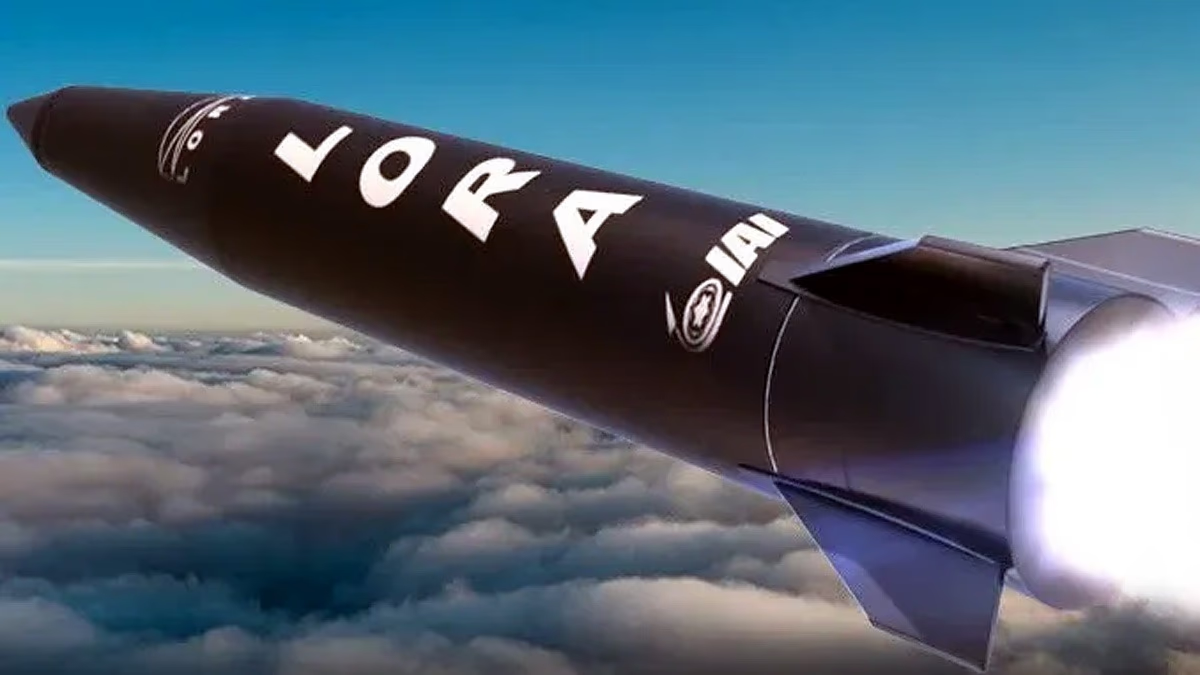The Indian Air Force (IAF) is exploring the possibility of integrating Israel's Long Range Attack (LORA) missile into its fleet of fighter jets, such as the Su-30 MKI, as part of a new strategy. Despite possessing the BrahMos missile, why is there a plan to adopt LORA?
This question arose after the success of the Rampage missile in Operation Sindur led the IAF to explore further options. LORA's range of 400-430 km enables it to conduct secure strikes on deep enemy targets, thereby enhancing the IAF's strength in conjunction with BrahMos.
LORA is a supersonic quasi-ballistic missile developed by Israel Aerospace Industries (IAI). It can be launched from the air and is designed to be deployed from fighter jets like the Su-30 MKI. Its features include...
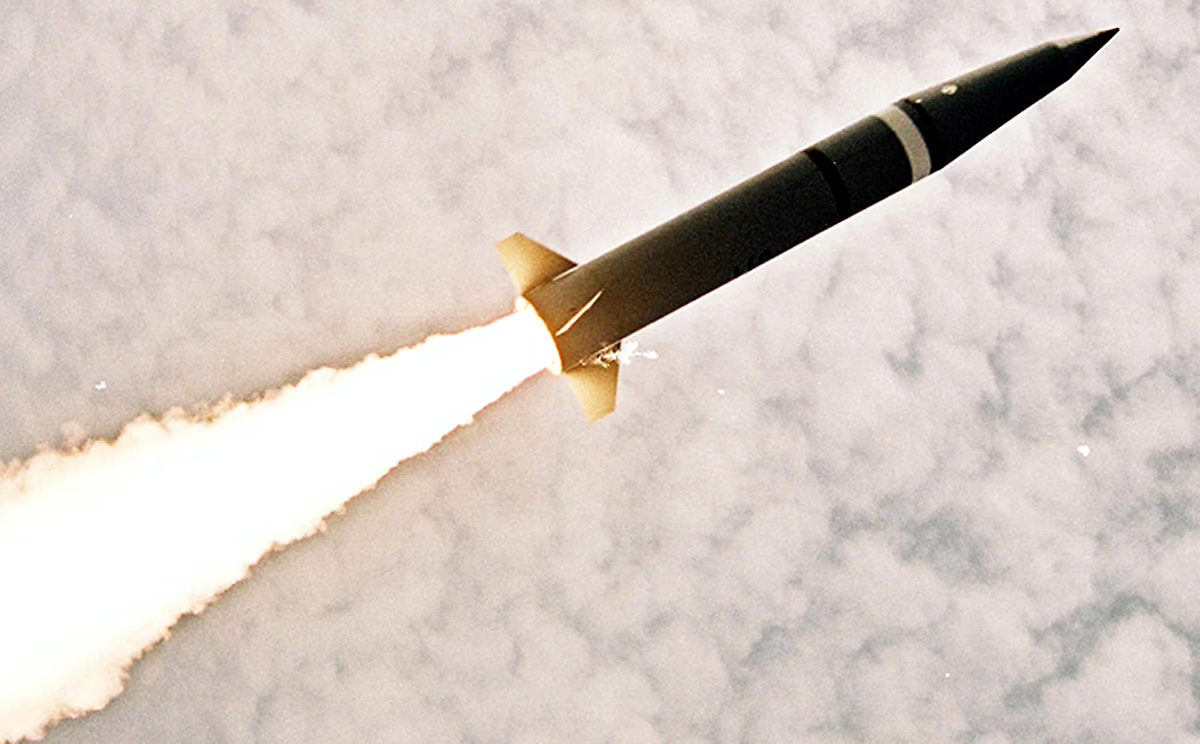
Source: aajtak
Range: 400-430 km, making it capable of striking distant enemy targets.
Speed: Approximately 6,174 km/h.
Accuracy: Circular Error Probable (CEP) of less than 10 meters, allowing precise targeting.
System: Features fire-and-forget technology and the ability to receive updates mid-flight.
Use: Suitable for deep and secure attacks on high-value targets such as enemy command centers or radar.
After the success of the Rampage missile in Operation Sindur (May 2025), where Indian Air Force's Jaguar jets executed precise strikes on Pakistan's Sukkur base, the IAF began seriously considering LORA.
India already possesses the BrahMos missile, a supersonic cruise missile with a range of 290-450 km (latest versions) flying at speeds of Mach 2.8-3. So why the need for LORA? The answer lies in these differences...
BrahMos is a low-altitude cruise missile that flies close to sea level, allowing it to penetrate enemy air defenses. LORA, as a quasi-ballistic missile, is launched from high altitudes and follows a lofted (upward) trajectory, helping it evade enemy radar. It can strike deep within a 430 km range.
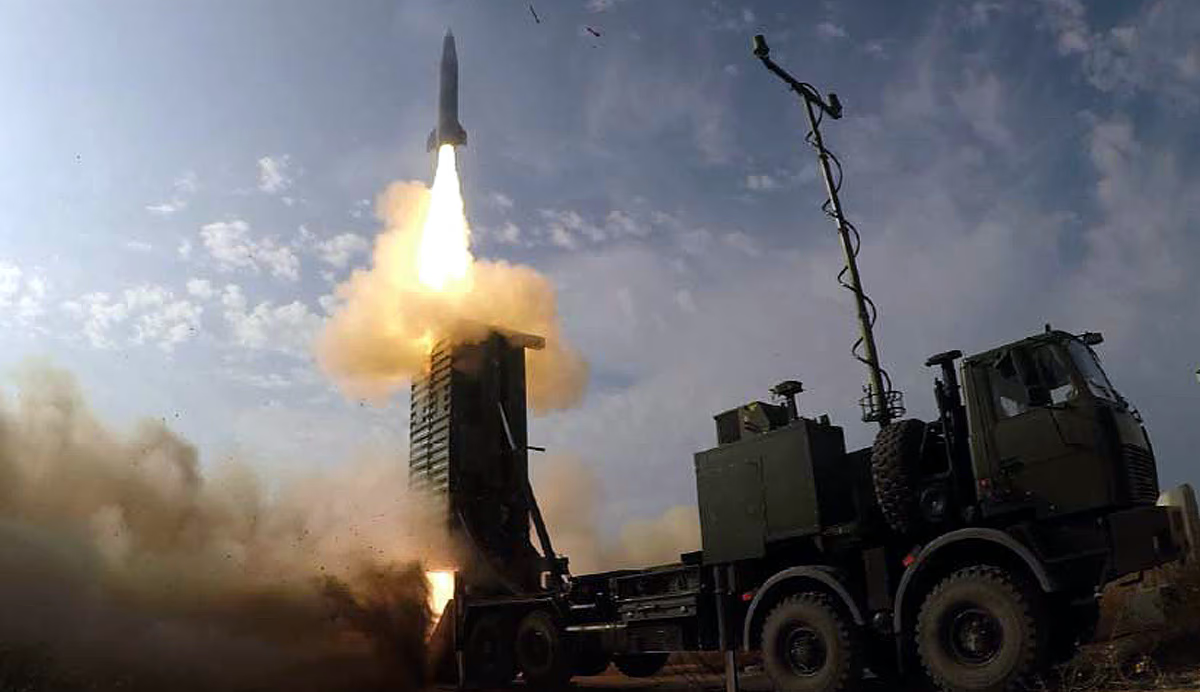
Source: aajtak
BrahMos, being an Indo-Russian joint project, is expensive (costing 20-30 crore rupees per missile) with export restrictions. LORA is affordable and exportable, making it easy to acquire and store.
BrahMos requires special modifications for launch on Su-30 MKI, limiting its deployment. LORA, however, can be easily integrated into existing Su-30 MKI aircraft, allowing for immediate use.
BrahMos is suited for heavy strikes, such as on enemy bunkers or large targets. LORA, being light and precise, excels in preemptive long-range strikes, such as disabling enemy command centers or radar systems.
Thus, the IAF regards LORA as a complement to BrahMos, not a replacement. Both missiles will serve different strategic roles.
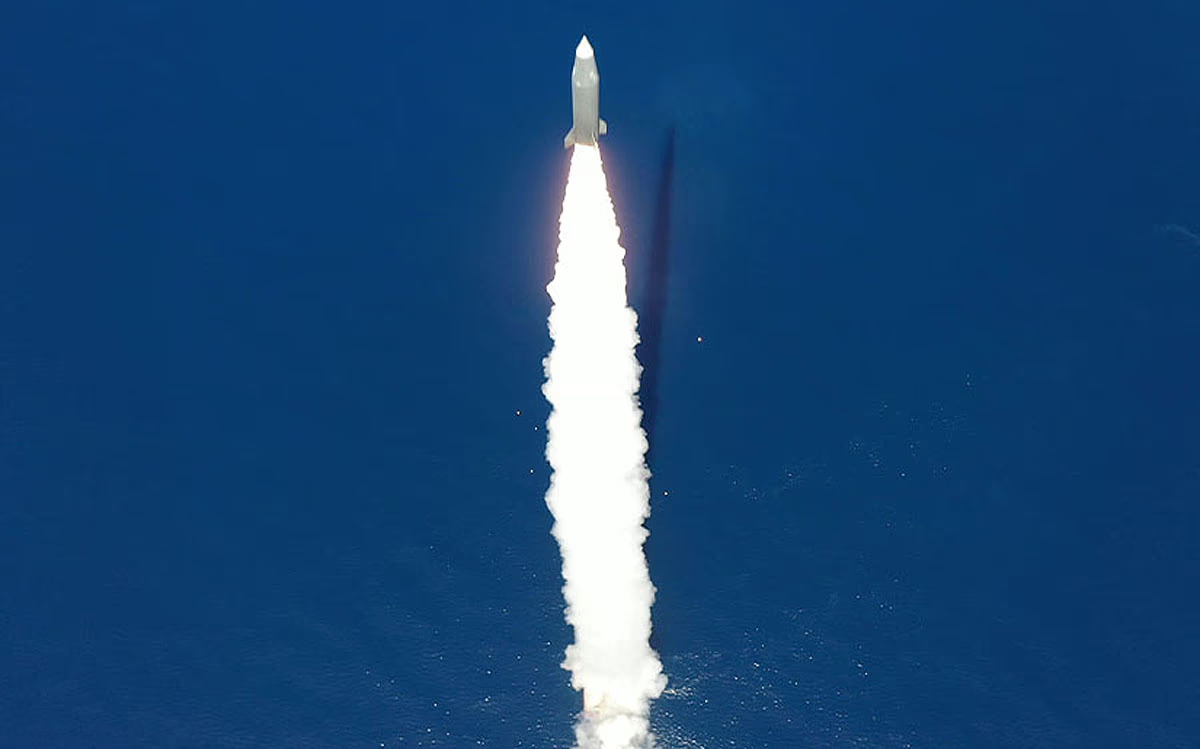
Source: aajtak
Success of Operation Sindur: The success of the Rampage missile in Operation Sindur, May 2025, increased the IAF's confidence in long-range missiles. LORA will further this strategy. The missile ensures safety during deep strikes in enemy territory, without the need for aircraft to approach the border.
Pakistan's air defense systems and China's advanced HQ-9 missiles pose challenges to the IAF. LORA's high trajectory and speed will aid in evading these systems. Its range of 400-430 km can target bases in Karachi, Rawalpindi, or Chinese positions on the LAC.
LORA can be co-developed in India with Bharat Electronics Limited (BEL) in partnership with IAI. This supports technology transfer and job creation, presenting an opportunity for India to become a missile exporter under the 'Atmanirbhar Bharat' initiative.
BrahMos's heavy weight (2.5 tons) and limited aircraft compatibility restrict its use in all missions. LORA's lighter and more flexible design covers a wider range of operations.
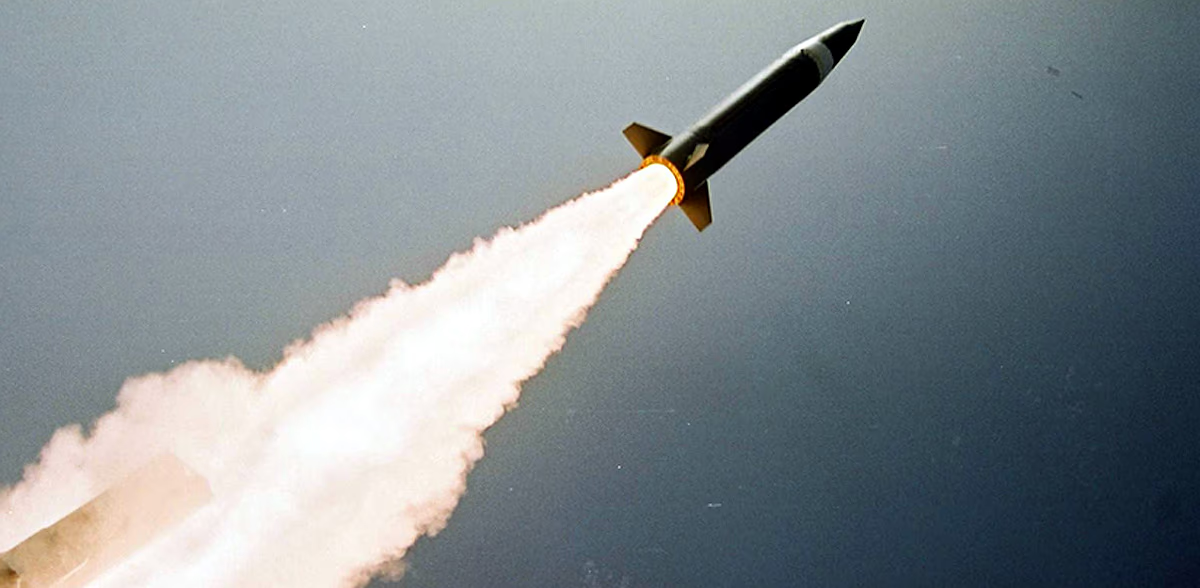
Source: aajtak
The IAF aims to utilize both missiles...
For heavy and swift attacks, e.g., on enemy's large installations.
For precise, deep, preemptive strikes, such as neutralizing enemy command centers or radar systems.
For instance, in breaking through enemy air defenses during a conflict, BrahMos might be deployed first, followed by LORA for base strikes. This combination will provide a strategic advantage for the IAF.
The IAF is in talks with IAI and BEL to incorporate LORA. If all goes well, the first squadron (18 missiles) could be operational by 2026-27. This move would bolster India's capabilities against regional powers (China and Pakistan) and elevate the IAF's strike prowess to new heights.
